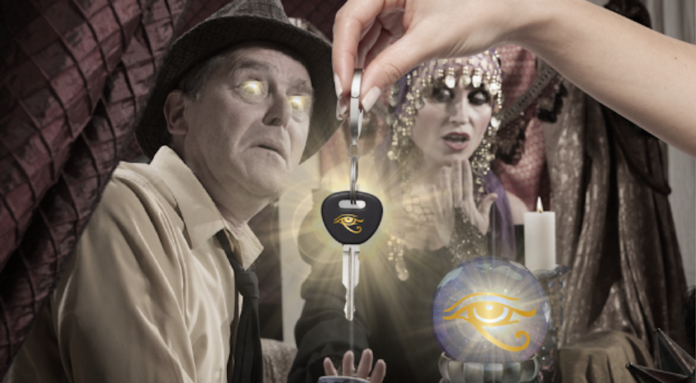In a nearly inexplicable series of events, dozens of automotive dealerships across the country fell victim to the strangest of attacks, as massive sinkholes opened up beneath them, swallowing their entire properties and respective inventories. Most of each dealerships’ staff and visiting customers have been counted among the tragic casualties of this sudden and unanticipated event.
As teams of seismologists rushed the various sites, puzzled by the complete absence of seismic data or predictive evidence, the scientific community seemed all-but-defeated by the crisis. But as a seemingly tenuous connection began to gain strength with each incident report, the explanation began to slowly present itself. Because of the 51 dealerships sucked down towards Earth’s molten core, each and everyone happened to be a franchised Subaru dealership located in the continental United States.
As local and federal authorities raced to identify the affiliated parties responsible for what was quickly being branded terrorist attacks, a seemingly random correlation presented itself. Just south of Giza, the Egyptian sands in an otherwise nondescript location had also opened up into a sinkhole. The only difference was that, from it, rose an ancient hand-carved statue depicting the wrath of Su’ Baru, the Egyptian god of mobility.
Since the inception of their culture, Ancient Egyptians were largely polytheistic, worshipping an array of deities. As with most religions which recognize multiple gods and goddesses, the Egyptians of old assigned each god a trait or responsibility aligned with earthly or celestial importance. For example, Ra was the sun God (as were Atum and Horus) and took on a paternal role. Isis took on a maternal role, both beneficent and judgmental of all things human. Deities were ascribed responsibility over everything from love to conflict, the moon cycle to the harvest, and were even praised in order to strengthen Egyptian endeavors in construction and engineering.
Su’ Baru, often depicted as a wide, low-sitting deity, was identifiable by two key characteristics. First, by his unstoppable nature and secondly, by the infinite nature of his longevity. Ancient Egyptian would often offer praise and gifts to Su’ Baru prior to any journey, based on the belief that he would lead them, eliminating any obstacles in their path.
As the archaeological community arrived in swarms to examine the site in Giza, a think-tank of Egyptologists formed in the hopes of discovering a clue. They were not disappointed in the speed with which they determined a possible reason for the destruction of the Subaru dealerships on the other side of the globe.
Dr. Heinrich das Pupenschitz of the University of Berlin ventures that, “In different eras of Egyptian theology, religion favored polytheism while it seemed to explore a consolidation of gods into a single deity at certain points, as well. Take Atenism of 14th century BC, for example. During this time, all godly powers and responsibilities were assigned exclusively to the sun god, Aten. Another such god, albeit 3 centuries later, was Su’ Baru.”
Accordingly to the rough translation of hieroglyphics located at the site, Su’ Baru offered the following message:
“I am the one true God. You shall worship no other gods. I am the one true Su’ Baru. You shall recognize no others.”
With that in mind, the scientific community is compelled to believe that the dealerships fell victim to the wrath of an ancient Egyptian god who may, or may not, have been resurrected in the process. THE LEMON attempted to contact Yasuyuki Yoshinaga, CEO of Subaru Corporation, but he refused to comment. Who knows? Maybe’s he’s already dead.
Do you drive a Subaru? If so, drive carefully.












